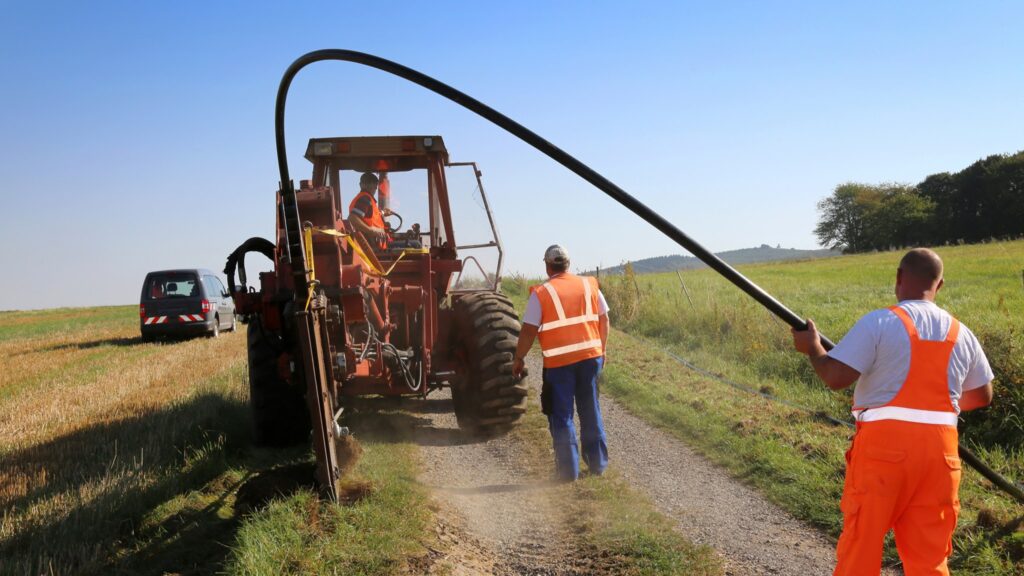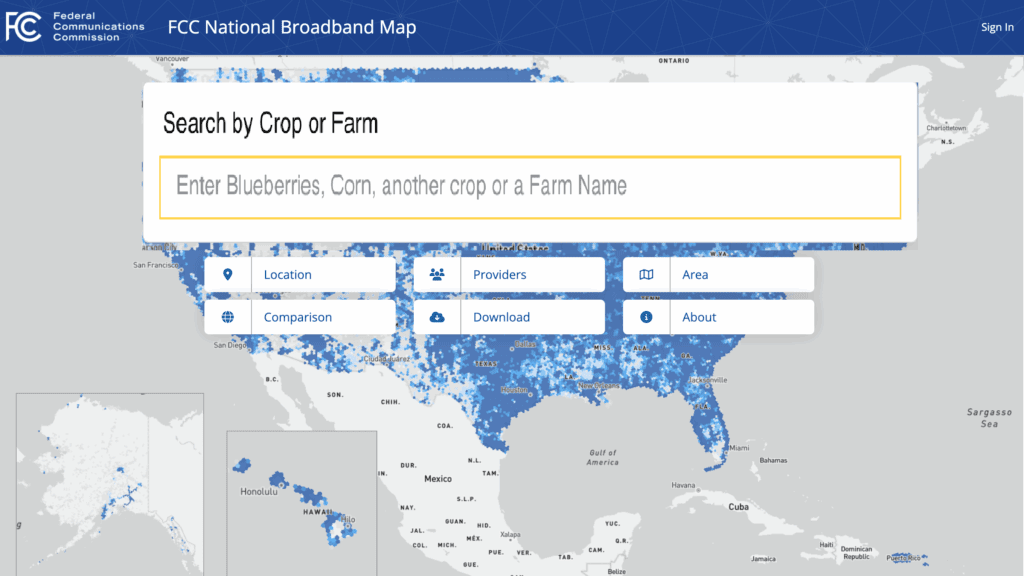NRTC/NRECA Benchmarking Report Updates Electrics’ Broadband Progress
Randy Sukow
|
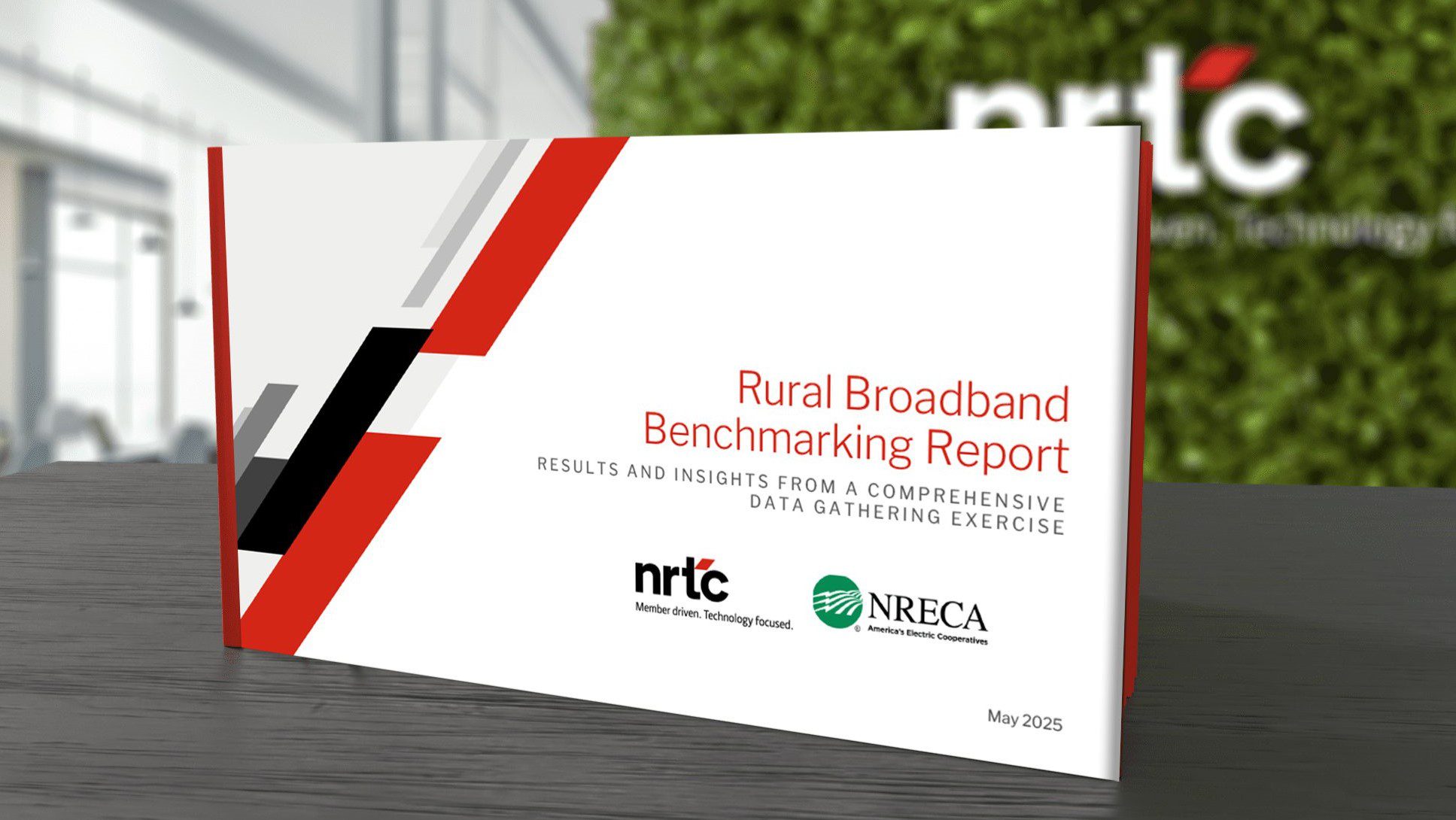
Several electric cooperatives have established broadband services for their members in recent years, so much so that many of the current broadband construction projects in progress aim to expand on existing services. That is one of the findings in the Rural Broadband Benchmarking Report, the latest of a series of reports from NRTC and NRECA that track broadband business trends among co-ops.
The report is a “refresh” updating a previous report published in 2022. The information from the latest report is based on survey responses from 78 cooperatives constructing and/or operating broadband services.
“Compared to our 2022 report, projects covered roughly 50 percent more miles, locations, and dollars invested and 91 percent are still building to new locations,” according to the report’s executive summary.
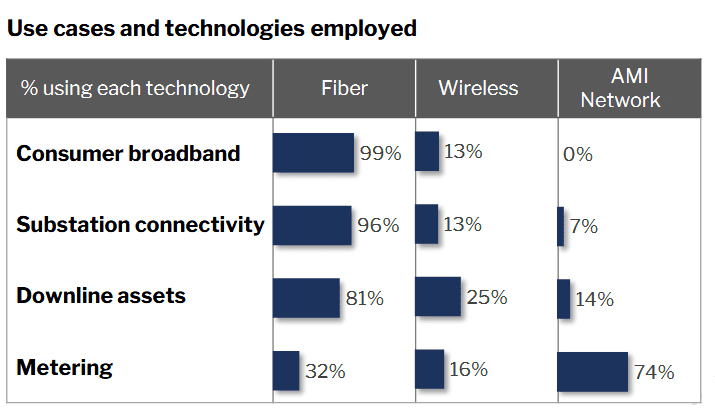
Fiber is the dominant broadband technology among survey respondents, with 99 percent of them using it for home internet service. At the same time, fiber does double duty to meet electric utility functions, including control of capacitors, switches, voltage regulators and reclosers. Ninety-six percent of respondents reported connecting their substations to fiber networks.
Fiber has had less effect on metering communications, with most AMI deployments relying on networks developed by AMI vendors. However, some respondents reported using fiber to backhaul meter data relayed through Wi-Fi-equipped meters. Most respondents who have deployed fiber networks in the last two years “have used only fiber for both broadband and smart grid,” the report finds.
“We continue to see take rates approaching 50 percent, and 52 percent for those in business for more than five years,” the report said of home broadband service. At the same time, respondents perceive a growing level of competition. A 62 percent majority characterize their level of competition as “high” or “very high.” Eighty-eight percent expect competition to increase even more over the next three years.
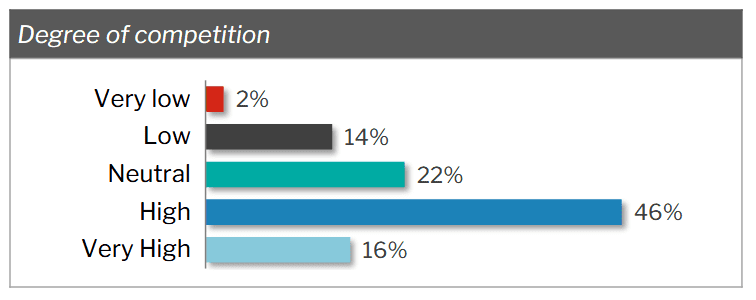
Electric cooperatives serve a wide range of population densities, from very remote rural areas to areas abutting suburban and exurban communities. The level of competition increases as population density increases.
The report also updates 2022 figures tracking construction costs, the structure of various broadband partnerships and the economic impact broadband has on rural communities.
